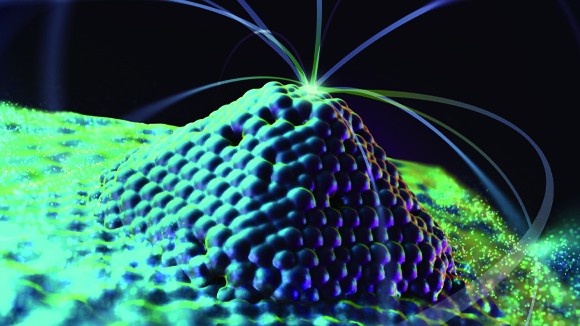 Guest Editor: Prof. Dr. Dr. h. c. mult. Dieter Bimberg
Guest Editor: Prof. Dr. Dr. h. c. mult. Dieter Bimberg
Prof. Dieter Bimberg is the founding director of the Center of NanoPhotonics at Technical University of Berlin, and now the executive director of the Bimberg Chinese-German Center for Green Photonics of the Chinese Academy of Sciences at CIOMP, Changchun, China. He is Member of the German Academy of Sciences, Foreign Member of the National Academy of Engineering and of the National Academy of Inventors of the USA, and Member of the Russian Academy of Sciences. He is presently Vice-Chair and incoming Chair (2023-2024) of the Electronics, Communication and Informations Systems Engineering Search Committee of the National Academy of Engineering of the USA.
He pioneered together with his students the general effective mass, 8-band k.p and many particle theories of quantum dots, presenting the basis to understand the electronic, optical, and transport properties of QDs and QD devices. His fundamental discovery of the relevance of strain for self-organized growth established novel growth technologies for devices with properties superior to those of quantum-well structures. Together with the MBE team of the Nobel Laureate Z. I. Alferov the first low- and room-temperature injection lasers based on self-organized quantum dots were demonstrated. Briefly later his Berlin team achieved the world record of lowest threshold current density for any semiconductor lasers, using MOCVD of QDs, being the mass production tool for photonic devices. He introduced QDs as active areas in ultra-high speed mode-locked lasers, semiconductor optical amplifiers, high speed single photon emitters and novel quantum dot based memories, combining the best of DRAM and Flash. Most recently his work focusses on the energy-efficiency of photonic devices, edge and surface emitting lasers for a multitude of wavelengths, and systems based there upon.
He is a living legend of nanostructures and semiconductor devices and the initiator and brain of many scientific cooperations around the globe. This special volume on "Nanostructures in Photonics" is presenting invited work of some of the most important present contributors of his field, illuminating their important recent achievements.

